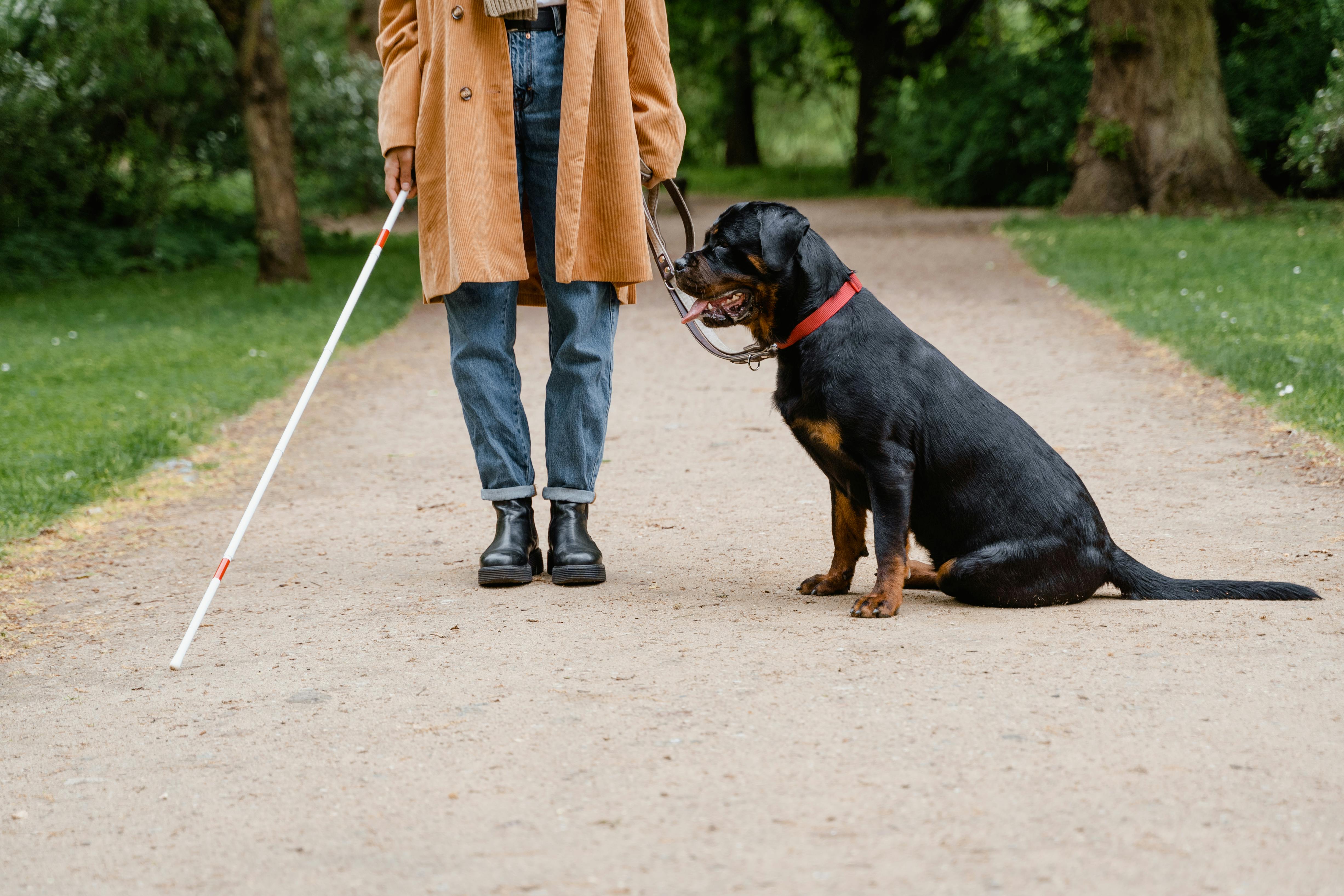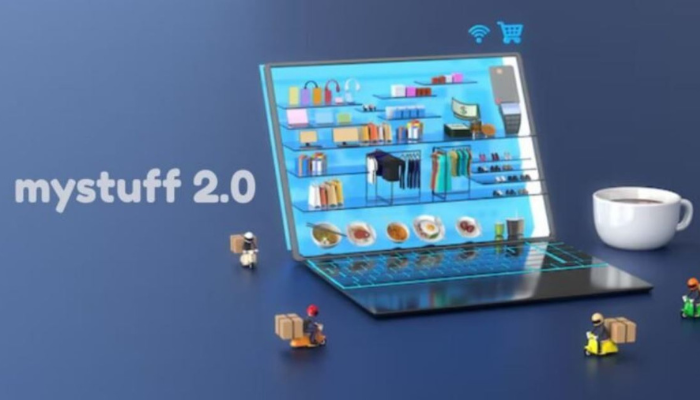Humans have long relied on dogs not only for companionship but for support, guidance, and therapeutic aid. In 2025, K9Assistance has become both a concept and a movement — reflecting how assistance dogs, smart pet technologies, and ethical standards are intersecting to enhance lives.
In this article, we’ll look at what “K9Assistance” means in the modern pet world: from training and welfare to assistive tech, regulation, health, and real stories of how assistance dogs are changing lives.
What Is an Assistance Dog?
An assistance dog (or service dog) is one trained to perform specific tasks for a person with a disability. These might include:
- Guiding visually impaired individuals
- Alerting deaf individuals to sounds
- Retrieving objects for people with limited mobility
- Detecting medical events (e.g., seizures, blood sugar changes)
- Emotional support or psychiatric service
In the UK, these dogs are legally protected in many public spaces under laws such as the Equality Act 2010. Their handlers and trainers must follow strict welfare, training, and certification standards.
“K9Assistance” as a concept captures both the dog and the system supporting them — training, technology, welfare, and community.
The Training Foundations: From Puppy to Helper
Training an assistance dog is no small feat. It demands rigorous selection, socialisation, and task-specific learning. Key principles include:
- Early socialisation: Expose puppies to different environments, people, noises, and surfaces.
- Basic obedience: Sit, stay, come, heel—reliable responses are crucial.
- Task training: Customized skills (e.g., fetching, alerting, pulling).
- Public access training: Dealing with distractions, behavior in crowds,and public transport.
- Ongoing assessment and oversight: Retraining, refreshers, welfare checks.
In 2025, many assistance dog organisations incorporate assistive tech to support training (e.g., wearable sensors to detect stress or track progress).
Dr Jane Llewellyn, lead trainer at the UK’s Dogs4Life, says: “We now embed smart sensors in harnesses to monitor gait, heart rate, and fatigue — helping us tailor break times and adjustments.” This is part of the evolving K9Assistance landscape.
Health, Nutrition & Wellbeing for Assistance Dogs
An assistance dog’s performance and longevity depend on excellent care.
Nutrition & Diet
- A high-quality, balanced diet is essential: proteins, fats, micronutrients.
- Some dogs need joint support formulas (glucosamine, chondroitin) due to workload.
- In 2025, pet food brands will increasingly offer functional diets (e.g., mobility, cognitive support) backed by research.
Veterinary & Preventive Care
- Regular checkups (every 6–12 months)
- Vaccinations, parasite control
- Orthopaedic screening (hips, elbows, spine)
- Dental care, skin/coat checks
Monitoring via Tech
Wearable collars or harnesses now often include accelerometers, heart rate monitors, and GPS. These help handlers spot fatigue, overexertion, or early signs of injury.
A 2025 survey by the UK Canine Health Foundation found that 48% of service dog programs use some form of wearable monitoring.
K9Assistance in 2025 is as much about supporting the dog’s health via tech as training the dog for assistance.
Assistive Technology for Dogs & Handlers
Technology is not only for human users — many tools now support dogs and handlers in the K9Assistance ecosystem:
| Tool / Device Name | Feature | Platform Compatibility | Typical Use Case | Pricing (UK) |
| FitTrack Harness | Activity tracking, HR, GPS | Companion mobile app (iOS, Android) | Long walks, fatigue monitoring | ~ £79 |
| Smart Guide Harness | Haptic feedback, alerts for the handler | Bluetooth + App | Access dogs, pairing with a blind handler | ~ £120 |
| PupVoice Sensor | Detects barking causes (stress, pain) | App reporting | Behavior and health monitoring | ~ £60 |
| AssistBot Collar | Stimulus alerts (auditory cues, vibration) | Embedded device | Reminders, cues for dog tasks | ~ £55 |
These tools help dogs move better, help handlers be more informed, and help trainers adjust plans in real time. They are part of what makes “K9Assistance” powerful in 2025.
Real Lives, Real Impact: Stories of K9Assistance
Sophie & Hermes (Guide Dog Duo)
Sophie lost her sight in her early 20s. Hermes, her guide dog, leads her through city streets, alerts her to obstacles, and gives comfort. With a smart harness that vibrates before curbs, Hermes and Sophie navigate intersections with more confidence.
Jamal & Zara (Medical Alert Dog)
Zara assists Jamal, who has Type 1 diabetes. She monitors blood sugar changes via scent cues (trained) and via a compatible glucose monitor that sends alerts to Jamal’s phone. Zara’s prompt alert saved him from a hypoglycemic event during a late evening walk.
These stories are not rare — they exemplify what K9Assistance is all about: blending animal skill, scientific training, and human-help synergy.
Ethical, Legal & Welfare Considerations
With power comes responsibility. K9Assistance in 2025 must deal with:
- Welfare of the dog: Rest, proper work hours, mental stimulation
- Ethics of augmentation: Using tech shouldn’t replace humane training
- Privacy/data security: Wearables collect sensitive data — handlers must control access and storage
- Regulation & standards: In the UK, assistance dogs are regulated; emerging standards cover data, tech, housing access
In 2025, the UK’s Pet Welfare Agency introduced guidelines requiring transparency about data usage from assistive devices. Any K9Assistance provider must comply or risk losing accreditation.
How K9Assistance Helps Pet Owners & Prospective Handlers
Even for pet owners (non-assistance dogs), the “assistance mindset” offers benefits:
- Training lessons: Many techniques used in assistance programmes (positive reinforcement, consistency) are ideal for all dogs.
- Preventive care awareness: Owners learn to monitor joints, behavior, stress via tech.
- Support communities: Many assistance-dog groups provide mentorship, volunteering, and support that pet owners can engage with.
For someone considering applying for an assistance dog, K9Assistance resources (guides, blogs, tech tools) can clarify eligibility, training commitment, and realistic expectations.
Trends & Outlook: What’s Next in K9Assistance?
Looking forward, these trends are gaining momentum:
- AI & scent detection: Dogs paired with AI scent analysis tools to detect disease (cancer, infections).
- Edge processing for privacy: Devices that process data locally instead of sending it to the cloud.
- Hybrid human-dog pairs: Robots or exoskeletons working alongside dogs for enhanced mobility.
- Global certification standards: Unified accreditation across nations, so assistance dogs are universally accepted.
- Expanded roles: Assistance dogs for autism support, dementia, PTSD, and more medical conditions.
The idea of K9Assistance is expanding from service animals to a holistic ecosystem of training, tech, ethics, and integration.
Summary
“K9Assistance” today is more than just the bond between a dog and a handler. In 2025, it’s an ecosystem: rigorous training, health & wearables, assistive tech, ethical frameworks, and real-world impact. Whether for full assistance dogs or informed pet owners, the concept is about elevating the relationship between humans and dogs.
FAQs
- What qualifies a dog as an assistance dog?
A dog must be trained to perform specific tasks for a person with a disability (e.g., guiding, medical alerts), and often certified under a recognized body. - Can any pet dog become an assistance dog?
No selection is rigorous. Temperament, health, trainability, and age are key. Not all dogs are suited to high-pressure roles. - Are assistive dog-related wearables safe for dogs?
Yes, when designed well. Choose devices with the proper size, weight, and materials. Always monitor use and remove if irritation occurs. - How can I support K9Assistance initiatives?
Volunteer with assistance-dog organisations, donate, participate in training programmes, or adopt tech tools for pet welfare.



